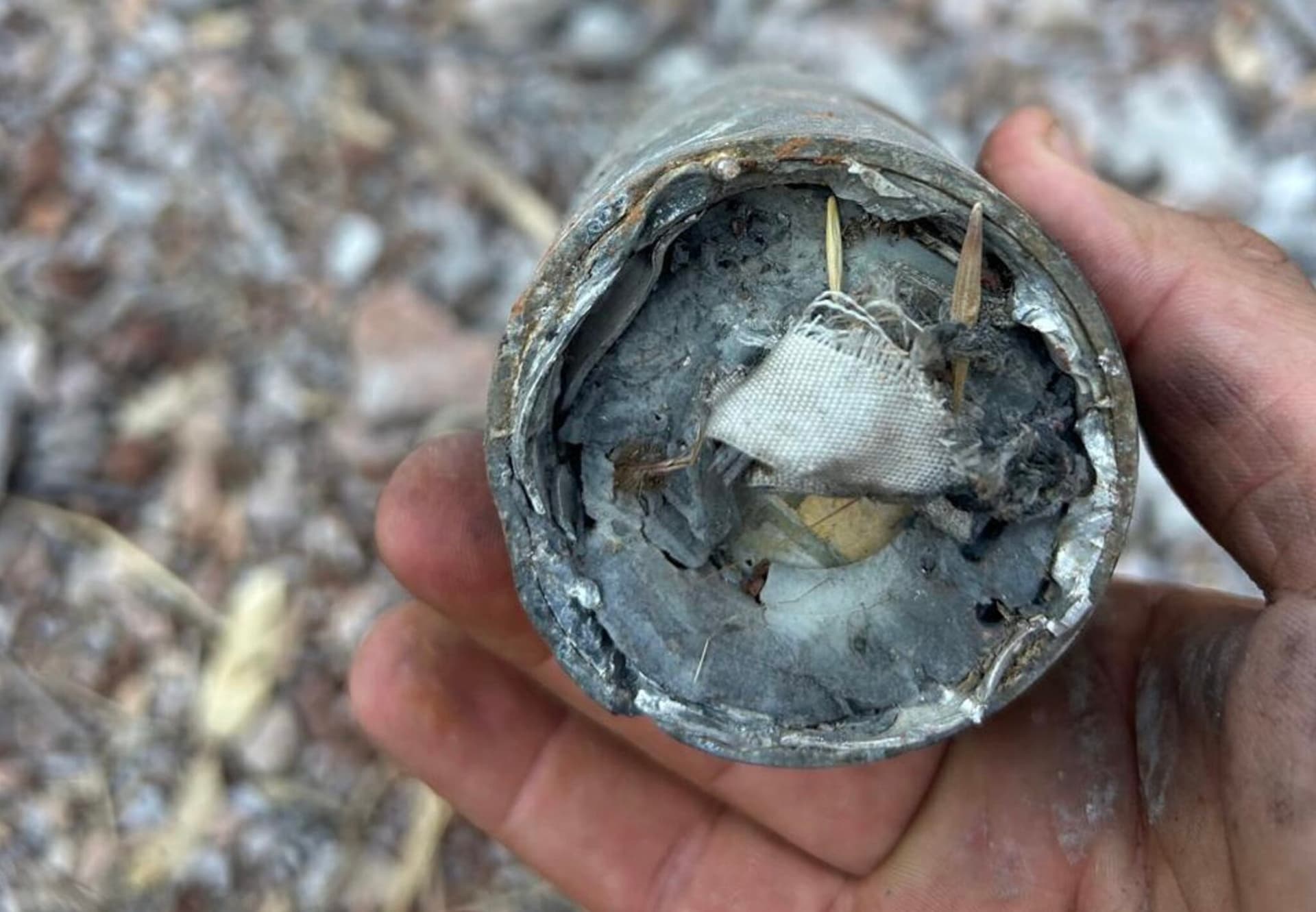Photographs Suggest Israel Used Cluster Munitions in Lebanon, Experts Say
Photographs of munition fragments recovered in southern Lebanon and reviewed by six independent arms experts suggest the presence of two types of cluster munitions, the 155mm M999 'Barak Eitan' and the 227mm 'Ra'am Eitan'. If verified, the images would mark the first known Israeli use of cluster munitions since 2006 and raise fresh legal, humanitarian, and market questions across the region.

Photographs taken in southern Lebanon and shared with international analysts on November 19, 2025 appear to show remnants of two types of cluster munitions, according to technical assessments by six independent arms experts. The experts concluded that fragments in the images are consistent with the 155mm M999 'Barak Eitan' and the 227mm 'Ra'am Eitan', munitions developed by Elbit Systems and not previously confirmed in Israeli service during the 13 month conflict with Hezbollah.
Analysts said the verification rested in part on matching physical markings and lot codes on recovered fragments with known production characteristics of those systems. Human rights organizations and weapons analysts pointed to the broader implications of that identification, noting that cluster munitions disperse many small submunitions across wide areas and often leave a substantial number of unexploded bomblets. Those unexploded devices can remain a danger for years, complicating humanitarian relief, reconstruction, agricultural recovery and civilian return.
If conclusively linked to Israeli strikes, the images would represent the first documented Israeli use of cluster munitions since 2006. That earlier conflict left significant contamination in parts of Lebanon and generated international condemnation and clearance costs that delayed rebuilding in affected communities. The cluster munitions concerned are widely restricted under the 2008 Convention on Cluster Munitions, although Israel is not a party to that treaty.
Israeli authorities have not confirmed the strikes depicted in the photographs. Official statements reiterated that Israeli forces "use lawful weapons and seek to mitigate civilian harm" during operations, while refusing to comment on individual incidents pending internal review. Human rights groups have called for independent forensic investigation to corroborate the photographic evidence and the lot code analysis cited by the experts.
Beyond the immediate humanitarian consequences, the potential use of these systems carries geopolitical and economic consequences. Confirmation could intensify scrutiny of weapons suppliers and raise reputational and regulatory risks for defense contractors linked to the munitions, while prompting calls in some capitals for restrictions on transfers or heightened end use monitoring. Investors and analysts will also watch any ripple effects on regional risk perceptions that could push short term volatility in commodity and regional equity markets.
For Lebanon, the discovery underscores the long term challenges of post conflict recovery. Unexploded submunitions inhibit safe return to homes and fields and increase the scale and cost of clearance operations. International donors and humanitarian planners face additional uncertainty about where to prioritize demining resources.
Independent verification, including on the ground inspections and chain of custody for the recovered fragments, will determine whether the photographs lead to formal inquiries or policy responses. Until such verification is completed, the images and expert assessments amount to a serious allegation with potential legal, humanitarian and market implications across the region.

